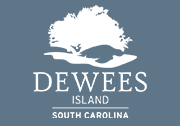Wildlife
Dewees Island is a barrier island with wetlands, a maritime forest, and currently 70 built homes. Our community mission is to marry residential life with the protection of habitats, while providing a way to help nature thrive.
In 1975 the entire island was put into a conservation easement. The easement requires the preservation and maintenance of the island in its natural state. The governing documents provide the structure to ensure the resident footprint is small and through the Dewees Island Conservancy, we partner with agencies to maintain the wetlands, forest, and offer a strong habitat for our wildlife. Residents are offered educational opportunities about the natural life on Dewees Island.
Please respect wildlife and allow them to stay wild. Do not feed, tame, or otherwise harass animals. Be careful; do not leave unattended food or groceries in carts. Our resident raccoons are tricky-- they have raided golf carts almost everywhere on the island, stealing freshly caught fish, bagged bread, even beer in cans!
Take binoculars with you when you roam about the island. You can get a birding list and lots of information about our natural environment when you stop by the Nature Center. Drive slowly. Not only does this give you a chance to see wildlife, but it also gives wild animals a chance to get out of your way. Pause and let them cross the road.
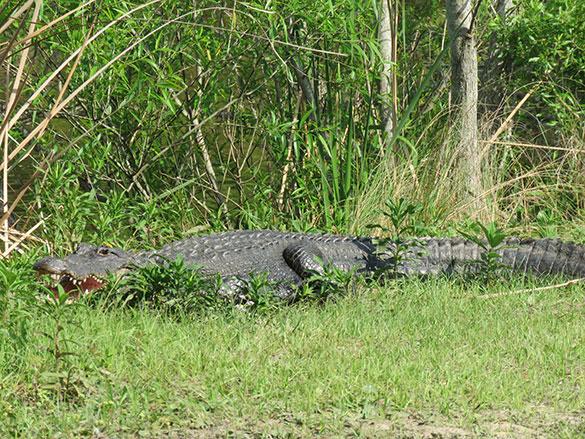
Alligators
Alligators can be found all over the island. American alligators live in freshwater and brackish wetlands. As a top predator, they help control rodent and raccoon populations. Because alligators are cold-blooded, alligators come out in the sun to warm themselves. Look for them on the docks at the Huyler House pond and along the road at Chapel Pond. Give alligators a wide berth and let them be. It is against the law to feed or harass alligators.
As wildlife becomes more active on the island with warmer weather, it is important to be mindful of alligator safety. Enjoy the alligators and other wildlife at a distance but respect their habitat.
Here are some quick alligator safety tips:
- Alligators can move very quickly, so please do not approach them.
- Keep at least 60 feet away from alligators at all times. If you get too close, back away slowly.
- Do not assume that alligators are slow and sluggish.
- Please keep your pets on a leash and away from the water.
- Crabbing, cast netting & fishing can attract unwanted guests.
Behavior signs of alligators:
Splashing: Alligators are attracted to splashing as a potential prey source.
Hiss: If an alligator hisses, it's warning you that you are too close. Back away slowly.
Protect: A female protecting her nest or young may charge if you get too close, but she should quickly return to the nest after you leave. Avoid piles of twigs, grasses and/or soil near the side of the lake. Also avoid any group of small alligators under a foot long.
Bask: Alligators often bask along the banks of ponds, on edge of the impoundments, and on the platforms we have created. They are usually warming their bodies; they are not actively hunting. Often a basking alligator will have its mouth open. It is cooling itself, as alligators do not pant or sweat.
Feeding: Feeding alligators is unlawful and intensifies the risk to both humans and pets.
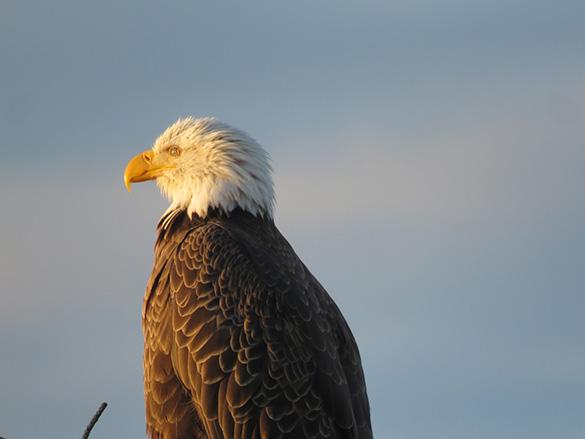
Bird ID
- Ducks
- Great Blue Herons
- Shorebirds
- Wading Birds
- Willets
- Painted Buntings
- Warblers
- Woodpecker
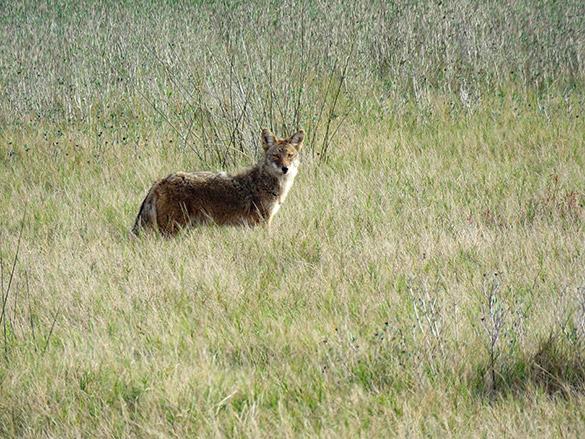
Coyotes
The goal for management of all flora and fauna on Dewees Island is to protect the biodiversity of our ecosystem. While coyotes are new to Dewees Island, they have been on other coastal barrier islands for years and have adapted to living in close proximity to people in urban areas.
There are many questions and opinions regarding coyotes. Management goals and objectives are based on dated collected on Dewees Island as well as research conducted at locations as like Dewees Island as possible, though no two sites will be exactly the same.
For more information on coyotes on Dewees, click here.
Fire Ants
Dewees Island is home to the native southern fire ant and the red imported fire ant. The southern fire ant is not considered a pest like the red imported fire ants. In fact, native fire ants are the best way to keep the more aggressive red imported fire ant at bay. Aggressive use of insecticides against the imported fire ant can have a negative impact on native ants thus increasing the dominance of the red imported fire ant. It is important when treating for red imported fire ants the effects on native ant populations are minimized.
How you can help...
Learn the difference between a native ant mound and imported fire ant mound (native ant mounds will have one central opening).
Treat only the imported fire ant mound; do not broadcast treatment.
Follow directions when using pesticides; using more than recommended does not mean faster results.
Use organic pesticides.
Mosquitoes
When the Island receives heavy rains or tropical storms there can be a lot of standing water. This is the perfect habitat for mosquitoes. You can reduce man-made habitat by eliminating places which collect water such as open boats or buckets. However, the majority of the lots on the island have at least some seasonal wetlands or depressions where water can collect. Charleston County does treat Dewees Island for mosquito larvae by dropping pellets from a plane/helicopter. If you would like to treat natural occurring standing water on your lot which may not be reached by the Charleston County treatment due to a dense tree canopy “Bactimos Briquettes” are very effective at killing the mosquito larvae which hatch in pools of standing water. Please make sure the briquettes you purchase contains Bt as the active ingredient. These briquettes have a naturally occurring bacteria or Bt (Bacillus thuringiensis israelensis) which gives up to 99% control of mosquito larvae. One briquette covers 100 square feet of water surface and lasts for a minimum of 30 days.
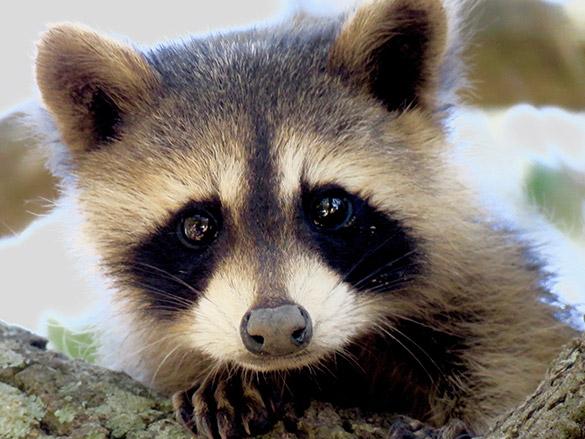
Raccoons
Raccoons on Dewees are tidal rather than nocturnal; you are apt to see them at all hours of the day. When they are active in the day and feeding on fiddlers in the marsh, they may look ill-kept and muddy, with reddish fur bleached by the sun. This is normal.
With opposable thumbs, raccoons can open bait containers and screen doors, so be sure anything that might attract them is well-secured. Never leave food unattended where a raccoon might be able to reach it.
Rodents
Rodents you might encounter include field mice, rice rats, and wharf rats.
Please use mechanical means to trap rodents rather than bait or poison, which can enter the food chain and increase the rodent population by removing top predators.
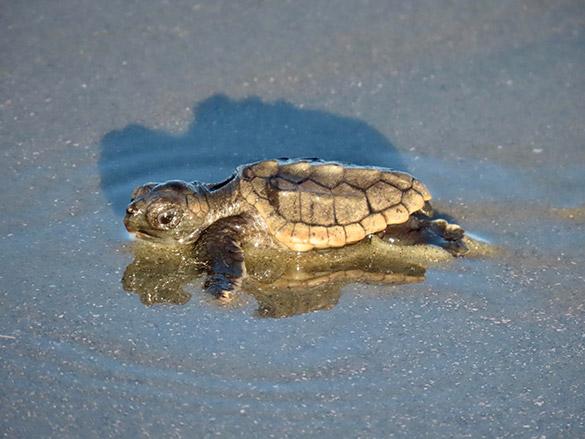
Sea Turtles and The Turtle Team
Dewees Island is part of an international effort to monitor and assist endangered loggerhead turtles. Each day, from May 15th to August 15th, volunteers look for tracks. Trained and certified members of the Turtle Team assess the nests and relocate them, if necessary. We place the nests above the spring high tide mark, fence them to keep out raccoons and foxes and mark the nest with the name of the volunteer who found them. We also take note of the measurement of the tracks, the probable hatch dates, and the number of eggs. You can help by walking with the Turtle Team, keeping beachfront lights off, and keeping the beach clean.
Hatching sea turtles can be disoriented by bright lights and get lost in the dunes. Try to keep lights off or turned low, especially if you are on the front beach. Do not use white flashlights out on the beach at night: cover them with red so your light will not distract turtles.

Snakes
Snakes are an important predator of rodents on the island. The most frequent snake you'll encounter is a harmless yellow rat snake.
Black racers also call the island home.
You might also see water moccasins along the road: please allow them to cross the street and go on their merry way.
White Tail Deer
Historically, deer populations in North America were controlled by natural predators, including cougars, wolves, and Native Americans. These predators are no longer present in most areas of the eastern United States. Today, deer populations are mostly controlled through regulated hunting. Without predation—natural or human—deer have the capacity to rapidly increase to a point where biological parameters of their population may become compromised. This is most typically demonstrated by reduced physical condition and subsequent declines in reproduction, recruitment, and survival.
Annual surveys of Dewees Island's whitetail deer population showed an increase from 40 deer in 1994, to 117 deer in 1997. The SC Department of Natural Resources (SCDNR) recommends a carrying capacity of 30-35 deer in order to support the island’s vegetative diversity*. In 1997, these estimates led to a proposal to implement a deer management program. The proposal was accepted by the POA and has proved to be a success. The safe, selective management of deer on Dewees Island benefits the health of its deer herd and contributes to a healthy, balanced ecosystem.
*Dewees Island has historically harvested fewer deer than recommended by SCDNR, and every effort is made to harvest the weak and unhealthy deer.
**Data from spotlight surveys, track counts, and trail camera surveys will be analyzed to determine if culling is recommended each season.
Environmental impact of the deer population
Research shows that whitetail deer populations dramatically affect native vegetation and can reduce or eliminate certain plant species. The impact of deer can also reduce the forest's ability to recover from hurricanes and fire because of a lack of seedling replacement trees.
Whitetail deer overpopulation can result in the loss of wildlife species which depend on native plants, or the cover they afford. Painted buntings, ground doves, glass lizards, frogs, otter, mink, and butterflies are just a few of the species dependent on forest undergrowth for food and shelter.
Whitetail deer are carriers of Lyme Disease, particularly when populations are high. Starvation is a concern when deer are forced, due to overpopulation, to browse vegetation they normally do not eat. These non-typical foods act as filler and result in malnourished deer.
